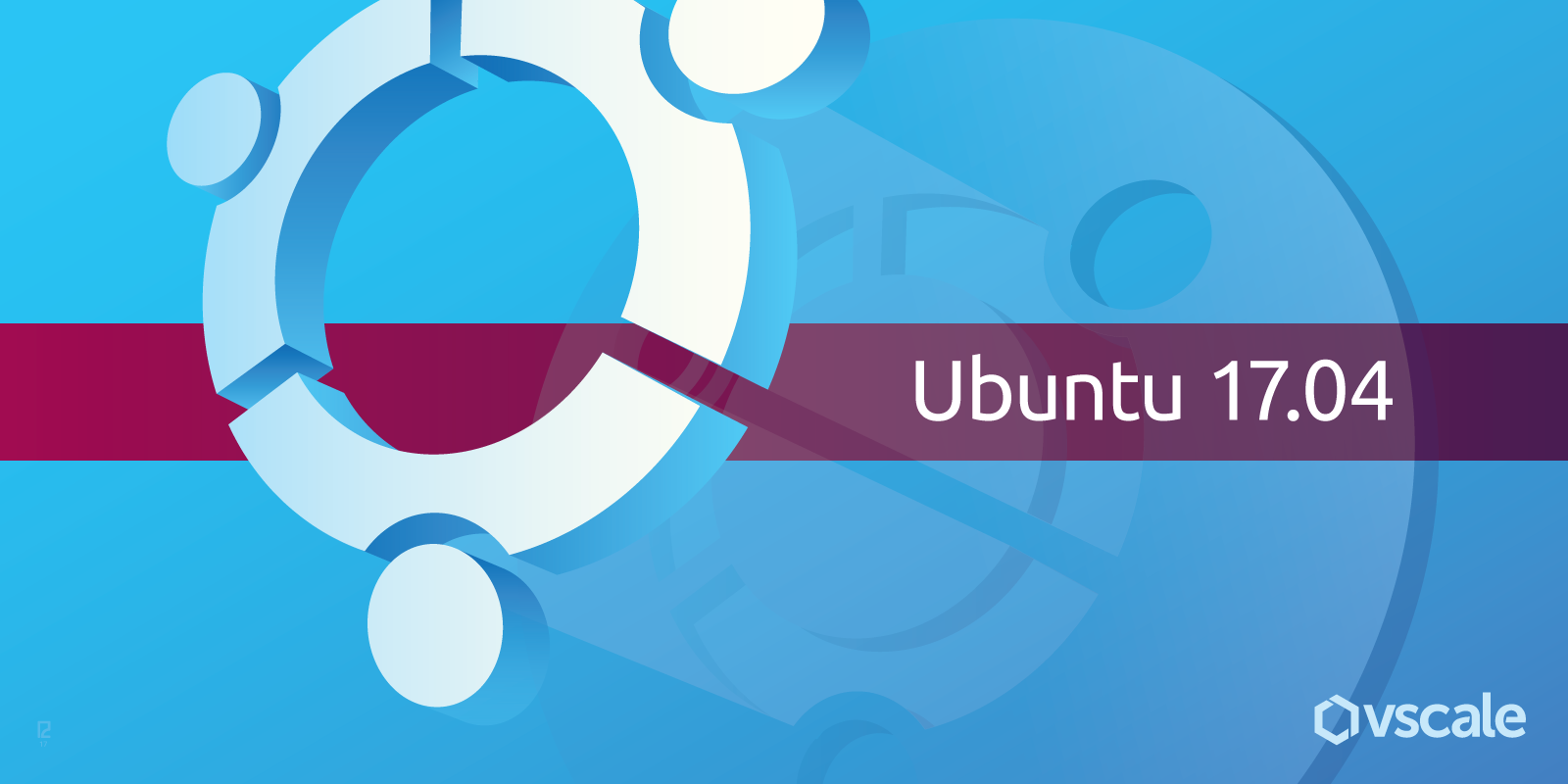Ubuntu 17.04: what's new

Today, a new version of Ubuntu was released - 17.04 Zesty Zapus .
Test builds became available in November last year. There are already a lot of innovations published on the Internet. Some innovations became a subject of discussion long before the official release: users of the desktop version very ambiguously perceived plans to stop developing the Unity 8 GUI and replace it with GNOME 3.22. In Ubuntu 17.04, Unity 7 is still used by default, but it won't be in all future versions.
Judging by the statements of Canonical founder Mark Shuttleworth, a cardinal turn will take place soon in the development of Ubuntu. This is noticeable even by the name of the new version, in which both words begin with the letter Z, the last in the Latin alphabet. According to some reports , Ubuntu 17.10 will be called Acrobatic Aardvark, and this return to the beginning of the alphabet is associated with the start of movement in a new direction.
')
Recently, the priorities of Canonical have seriously changed: the company plans to focus on developments in the field of IoT and cloud technologies.
Work on projects such as Mir, Ubuntu Personal and Ubuntu Phone has been stopped or at least postponed indefinitely. But in the server version of Ubuntu, apparently, many new things will appear soon.
In this article, we would like to consider the innovations implemented in Ubuntu 17.04. But it is better to see once than hear a hundred times. Therefore, we propose not only to talk about the new Ubuntu, but also to try it out in practice: we added the corresponding image to Vscale today, on the day of the official release.
Kernel and software updates
Ubuntu 17.04 uses the kernel of the latest stable version (4.10). About all the implemented changes and improvements can be read in detail here (in English) and here (in Russian).
Of the most significant software updates in the server version, it is worth noting the addition of fresh versions of qemu (2.8), libvirt (2.5) and DPDK (16.11.1). Also in Ubuntu 17.04 included the latest version of OpenStack - Ocata .
In the desktop version is available the latest version of the GNOME desktop shell - 3.24 . Added the latest versions of popular programs, in particular:
- Firefox 52;
- Thunderbird 45;
- LibreOffice 5.3;
- Nautilus 3.20.4;
- Rhytmbox 3.4.1.
Swap file instead of swap partition
Doubts about the expediency of allocating an entire partition on a disk under swap have been expressed several times already. Today, when the amount of memory on the server is measured in gigabytes, there is no point in creating a partition larger than RAM, which is almost never used.
In the 2.6 version of the kernel, an alternative solution was proposed: an opportunity appeared instead of a separate section to create a paging file, as in Windows. But it had to be done manually. In Ubuntu 17.04, the paging file is created automatically. Its default size is set to 5% of the free space in the file system, but it should not exceed 2 GB. If necessary, the size of the paging file can be easily changed.
This change will not affect installations that use the LVM logical volume system.
Systemd-resolved
In Ubuntu 17.04, systemd-resolved is used as the default DNS resolver, which appeared in the previous version (16.10). The purpose of implementing systemd-resolved was primarily the unification of approaches to working with DNS in the desktop and server versions (see here for more details). Its advantages include lightness, DNSSEC support, the ability to directly interact with DNS servers in the event of a local resolver failure.
Features of systemd-resolved work is a complex topic that goes far beyond the scope of this article. Soon we will devote a separate publication to her in our blog.
PowerPC: discontinued
Starting with version 17.04, Ubuntu will not support 32-bit PowerPC architecture . In this case, support will continue in Ubuntu 16.04 and will continue until April 2021.
How to upgrade from an earlier version
From Ubuntu 16.10
Here, everything is extremely simple - just execute just two commands:
$ sudo apt update && apt upgrade $ sudo do-release-upgrade -d From Ubuntu 16.04
Updating with Ubuntu 16.04 is somewhat more difficult. At first we will execute:
$ sudo apt update $ sudo apt dist-upgrade $ sudo apt install update-manager-core After that, open the file / etc / update-manager / release-upgrades and find the following line in it:
Prompt=lts Edit it as follows:
Prompt=normal Save the changes and execute:
$ sudo do-release-upgrade -d This command will upgrade your system to version 16.10. To upgrade to 17.04, you will need to execute it again (see above).
And in Vscale you can create a virtual server running Ubuntu 17.04 in just a couple of clicks - join and experiment!
Conclusion
In this article, we talked about the major changes and innovations that appeared in Ubuntu 17.04. We invite you to discuss the prospects for further development of Ubuntu and share your impressions of the new version in the comments.
We will also be happy to read your comments, suggestions and suggestions regarding Vscale. We will definitely take note of the most interesting ideas and will try to implement them soon.
Source: https://habr.com/ru/post/326408/
All Articles